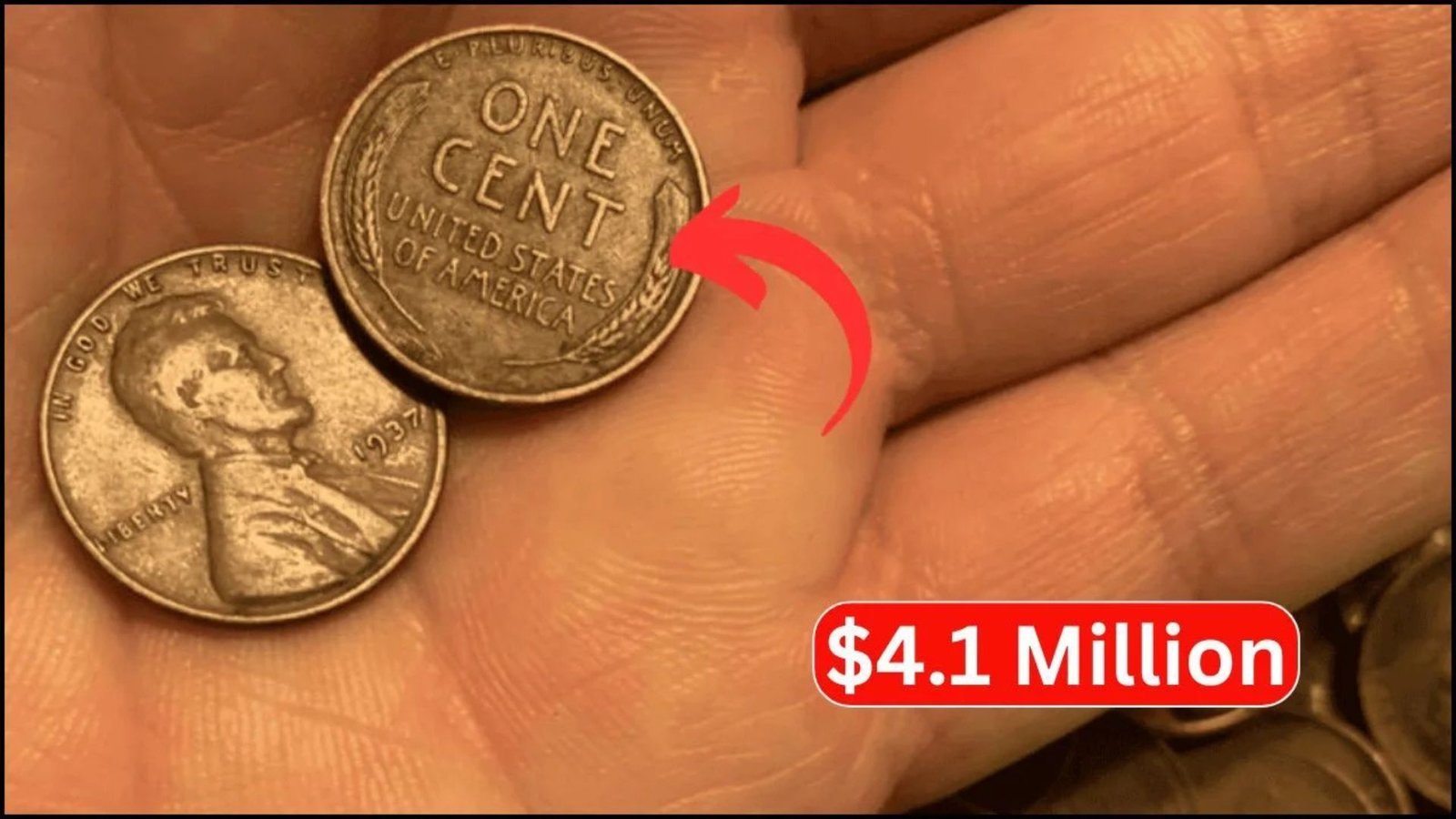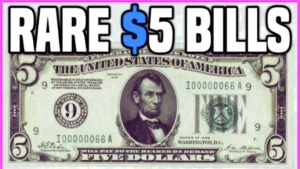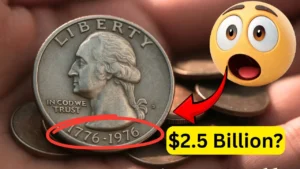Are you a coin collector or just someone who likes to check loose change? You might be sitting on a fortune without knowing it. The Lincoln Wheat Penny, especially the rare 1943 bronze version, has made headlines for its huge value. One of these tiny coins sold for a whopping $4.2 million! In this article, we’ll break down everything in simple terms. We’ll explain what makes this penny special, how to spot one, and why it’s worth so much. If you’re searching for “valuable Lincoln Wheat Pennies” or “rare 1943 pennies,” keep reading to learn if you have a hidden gem.
What is the Lincoln Wheat Penny?
The Lincoln Wheat Penny is a classic American coin that’s been around for over a century. It’s named after President Abraham Lincoln, whose face is on the front, and the wheat designs on the back.
History and Design
This penny first came out in 1909 to celebrate 100 years since Lincoln’s birth. It was the first U.S. coin to show a real person instead of just symbols like eagles or liberty figures. President Theodore Roosevelt asked for it to be made. The designer, Victor David Brenner, put Lincoln’s profile on one side. On the other side, there are two stalks of wheat around the words “One Cent” and “United States of America.” That’s why people call it the “Wheat Penny.” It was made until 1958, when the design changed to show the Lincoln Memorial.
In easy words: Numismatics means the hobby or study of collecting coins. Planchets are the blank metal disks that get stamped to make coins.
The Rare 1943 Bronze Penny
During World War II, things got tricky for coin making. The U.S. needed copper for bullets and other war stuff, so in 1943, pennies were made from steel coated with zinc. They looked silvery, not like the usual reddish-brown copper pennies.
Why It’s So Valuable
But here’s the exciting part: A few pennies in 1943 were accidentally made from bronze (a mix of copper and other metals) using old planchets from 1942. This mistake happened because of rushed production during the war. These bronze versions are super rare and worth a lot because they’re errors. Coin experts say one from the Denver Mint sold for $4.2 million. Another one went for $1.7 million back in 2010. The value comes from how few there are and how well-preserved they are.
How Many Exist?
Experts think only about 20 to 30 real 1943 bronze pennies are out there. They were made at three places: Philadelphia (no mark), Denver (D mark), and San Francisco (S mark). The Denver and San Francisco ones are even rarer. Some might still be hiding in old jars, pockets, or even in circulation today!
How to Identify a Valuable 1943 Penny
Think you might have one? Don’t get too excited yet—most 1943 pennies are the common steel ones worth just a few cents. But here’s how to check. Use these simple steps:
| Step | What to Do | Why It Matters |
|---|---|---|
| 1. Check the Date and Color | Look for “1943” on the front. It should be copper-colored (reddish-brown), not silver. | Steel pennies are silver; bronze ones are copper-like. |
| 2. Magnet Test | Hold a magnet to it. If it sticks, it’s steel. If not, it could be bronze. | Bronze doesn’t stick to magnets; steel does. |
| 3. Weigh It | Use a small scale. Bronze weighs about 3.11 grams; steel is around 2.7 grams. | The metal difference changes the weight. |
| 4. Look for Mint Mark | Check below the date for a “D” (Denver) or “S” (San Francisco). No mark means Philadelphia. | “D” and “S” are rarer and more valuable. |
If your penny passes these tests, take it to a professional coin grader. They can confirm if it’s real and grade its condition. Remember, fakes exist, so be careful.
Recent Sales and Other Valuable Wheat Pennies
The $4.2 million sale isn’t the only big one. In 2010, a top-condition 1943 bronze penny fetched $1.7 million at auction. Values can range from $100,000 for worn ones to millions for perfect examples.
But the 1943 bronze isn’t the only star. Other Wheat Pennies can be worth money too:
- 1909-S VDB: The first year with the designer’s initials. Can sell for $1,000+.
- 1914-D: Rare from Denver, worth up to $200 in good shape.
- 1922 No D: A minting error without the “D” mark, valued at $500+.
- 1955 Double Die: Letters look doubled; can go for $1,000 or more.
Always check for errors like double stamping or wrong metals—these make coins extra special.
Conclusion
The Lincoln Wheat Penny shows how everyday items can turn into treasures. The 1943 bronze version, born from a wartime mistake, reminds us that history and rarity can create huge value. With only a handful known, it’s like finding a needle in a haystack—but worth the look! Next time you get change, glance at those pennies. Who knows? You might have a $4.2 million coin in your pocket. If you’re into coin collecting, start hunting safely and consult experts. Happy searching!
FAQ
What makes the 1943 Lincoln Wheat Penny so valuable?
It’s valuable because most 1943 pennies were made of steel due to World War II copper shortages. The few bronze ones were mistakes, making them rare.
How can I tell if my 1943 penny is bronze or steel?
Check the color (bronze is reddish), use a magnet (bronze doesn’t stick), and weigh it (bronze is heavier at 3.11 grams).
Where can I sell a rare 1943 bronze penny?
Take it to a certified coin dealer or auction house like Heritage Auctions. Get it appraised first to know its worth.
Are all Wheat Pennies worth money?
No, most are worth just one cent. Only rare ones with errors, low mintage, or great condition have high value.
How many 1943 bronze pennies exist?
Experts estimate 20 to 30 authentic ones from all mints combined.
What is the highest price paid for a 1943 bronze penny?
One sold for $4.2 million, and another for $1.7 million in 2010. Prices depend on condition and mint mark.





1 thought on “Rare 1943 Lincoln Wheat Penny Worth Up to $4.2 Million: Check Your Pocket Change Today!”